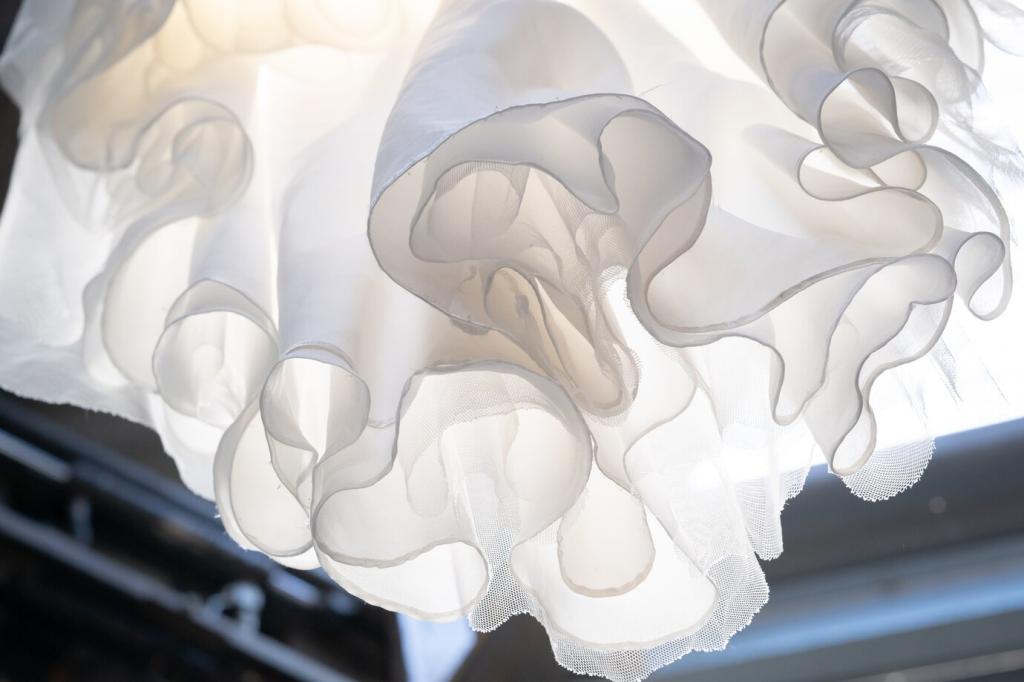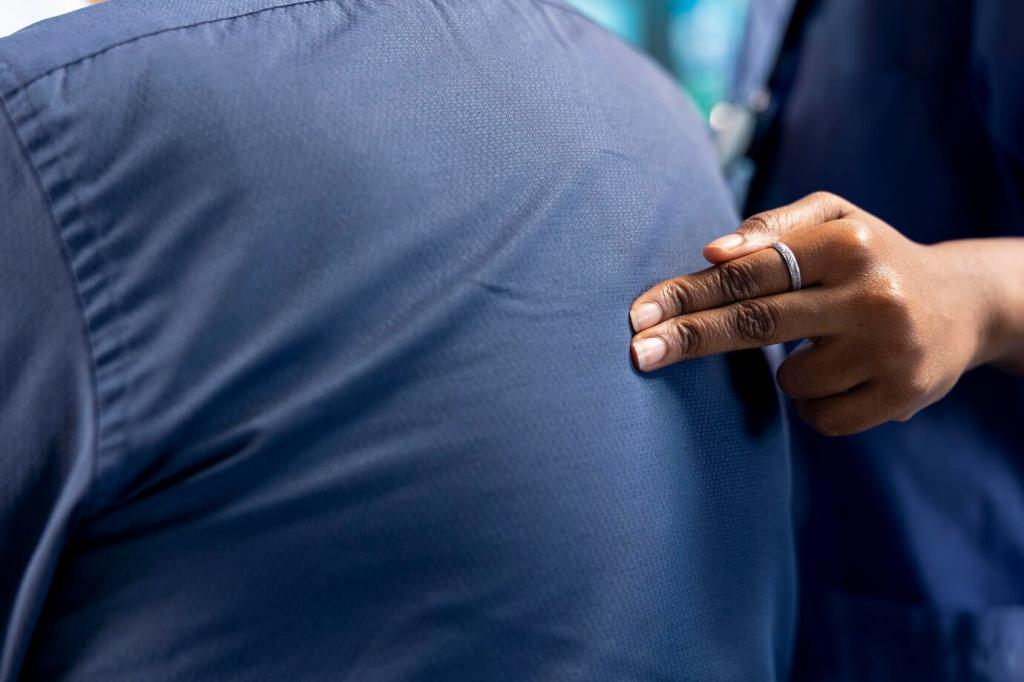Ironing and Pressing Tips for Silk Bedding
Chosen theme: Ironing and Pressing Tips for Silk Bedding. Welcome to a gentle, confidence-boosting guide that shows how to smooth silk to a cloud-soft finish without stress, guesswork, or risk. Learn simple, careful habits that protect luster, prevent shine, and keep each night feeling like a boutique hotel stay at home.
Know Your Silk: Heat, Moisture, and That Signature Luster
01
Silk is a protein fiber with a prism-like structure that catches light, creating its glow. Too much heat hardens proteins and dulls that glow, so gentle, controlled pressing keeps your bedding both smooth and radiant.
02
Use the silk setting or a low heat range, testing on a hidden corner first. Many irons label silk near the low-to-medium setting, roughly around 275–300°F (135–150°C), which helps relax wrinkles without scorching.
03
A hint of moisture helps wrinkles release, but droplets can leave spots. Work with fabric that is just slightly damp, use distilled water if misting, and always include a pressing cloth to buffer moisture and heat.
Preparation Ritual: Set Yourself Up for Success
Wash silk bedding according to care labels, then air-dry until almost dry but still a touch damp. Gravity helps release creases while drying, so hang sheets neatly rather than bunching them on a rack.
Preparation Ritual: Set Yourself Up for Success
A fine cotton pillowcase or silk organza is a superb pressing cloth. My grandmother used a crisp pillowcase, and the habit stuck; it prevents shine, tames stubborn creases, and saves the day after every wash.
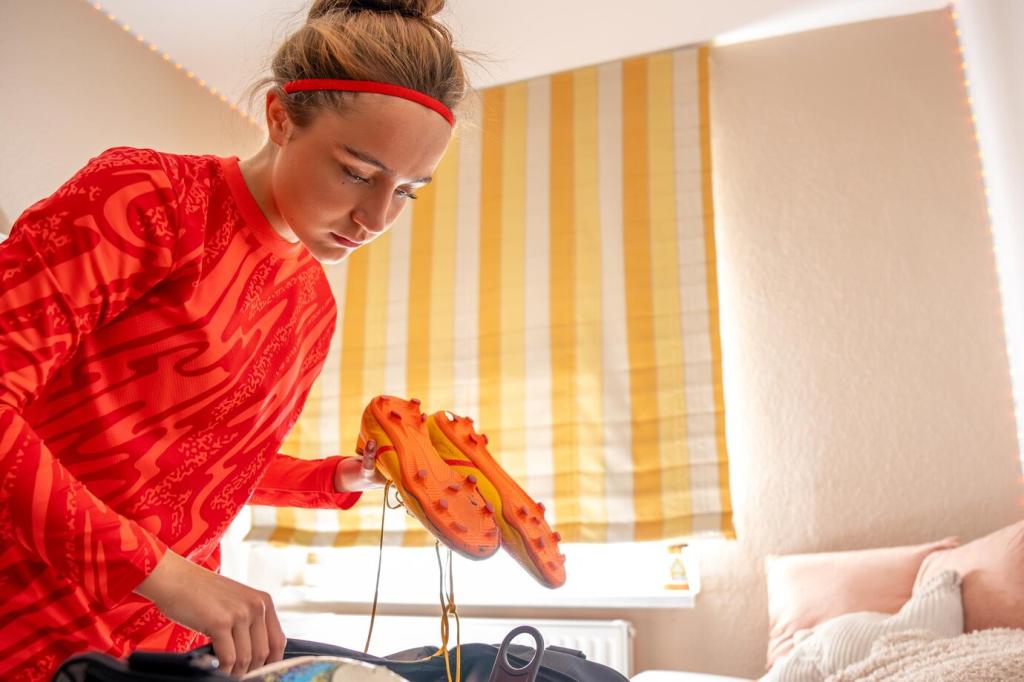
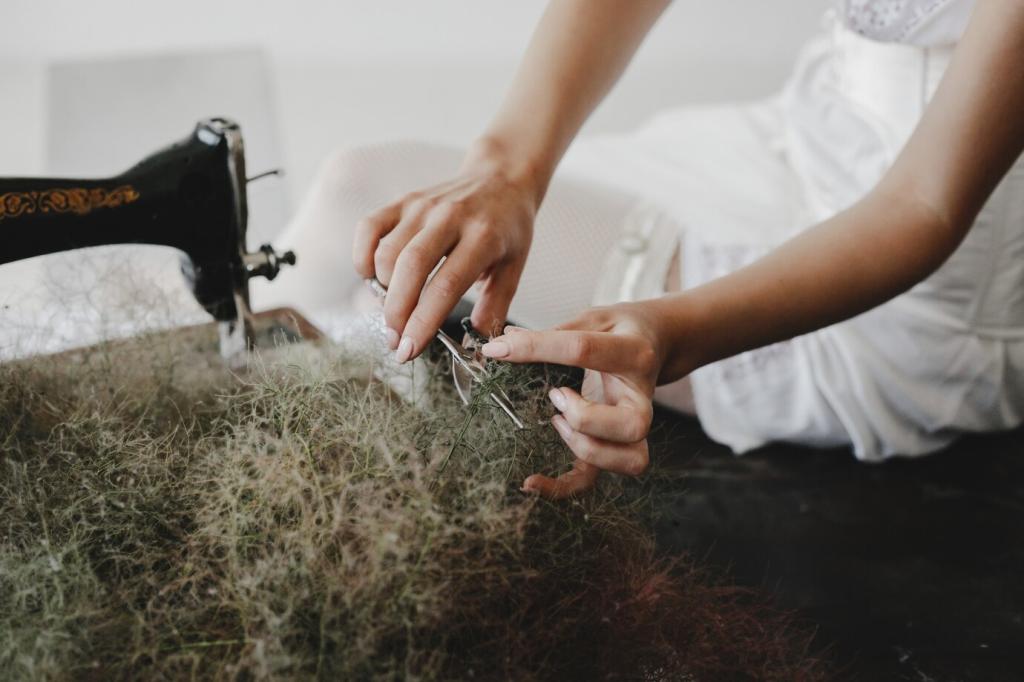
Pillowcases: Small Pieces, Big Payoff
Turn Inside Out and Go With the Grain
Flip pillowcases inside out and align your strokes with the weave. Gentle, straight passes reduce friction, keep fibers aligned, and help you avoid creating shiny hotspots along the most visible surfaces.
Hems, Flanges, and Decorative Edges
Layer a pressing cloth over hems and flanges to prevent imprinting and shine. Use the tip of the iron carefully, pausing to lift rather than dragging across detailed stitching or delicate piping.
Tackling Stubborn Creases
For crease lines that resist, lightly mist the pressing cloth with distilled water and press in short, deliberate lifts. If your iron steams, pulse from above first, then press, keeping motion minimal and controlled.
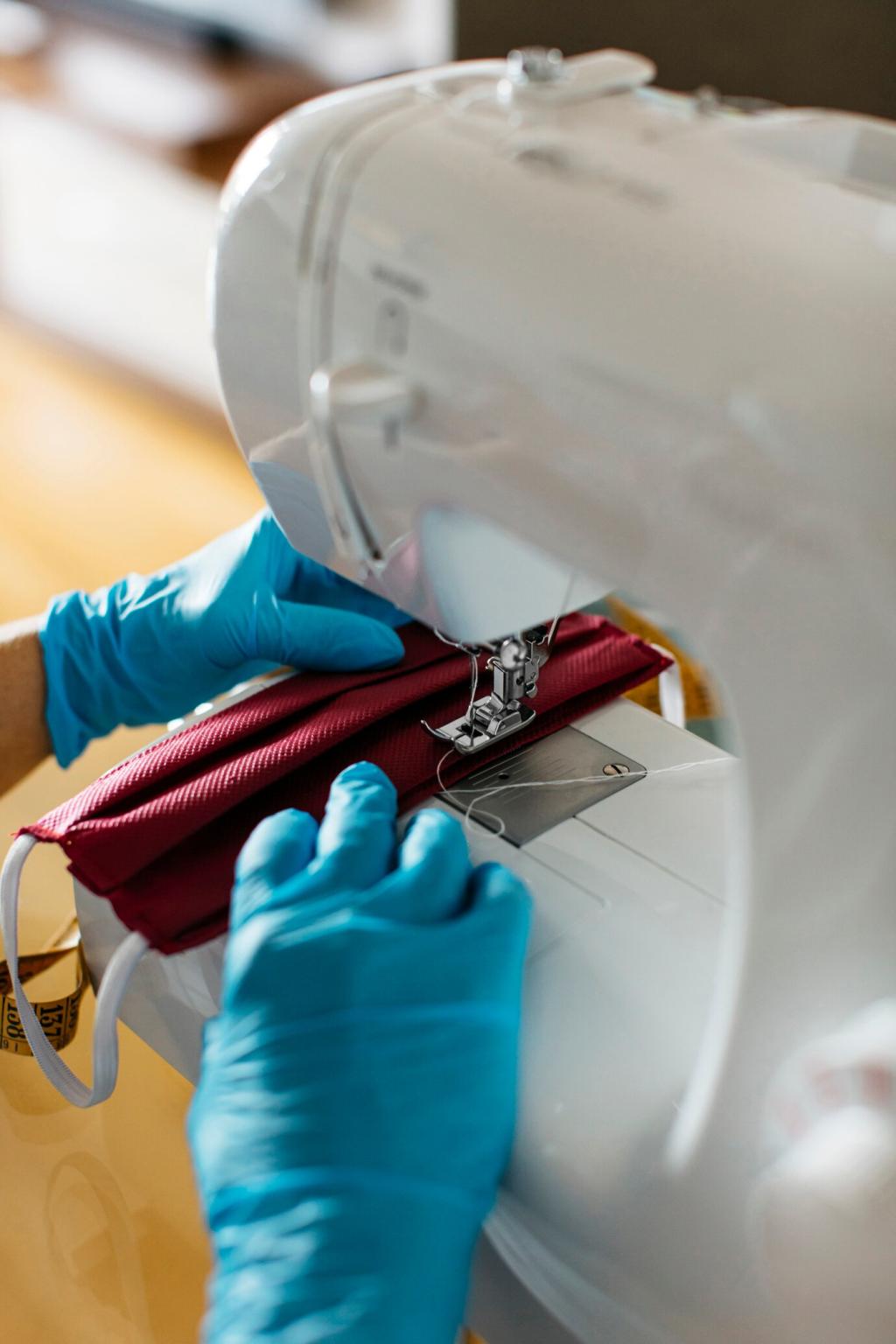
Create a Wide, Clean Pressing Zone
Use a large board or a covered table with a clean cotton layer beneath. Feed fabric slowly across, letting the weight of silk rest supported so it never pulls or stretches at the edge.

Press in Panels and Overlap Slightly
Divide the sheet or cover into manageable panels. Press each panel with a pressing cloth, overlapping edges slightly to avoid ridge lines. Lift, place, and press—resist the urge to sweep the iron dramatically.
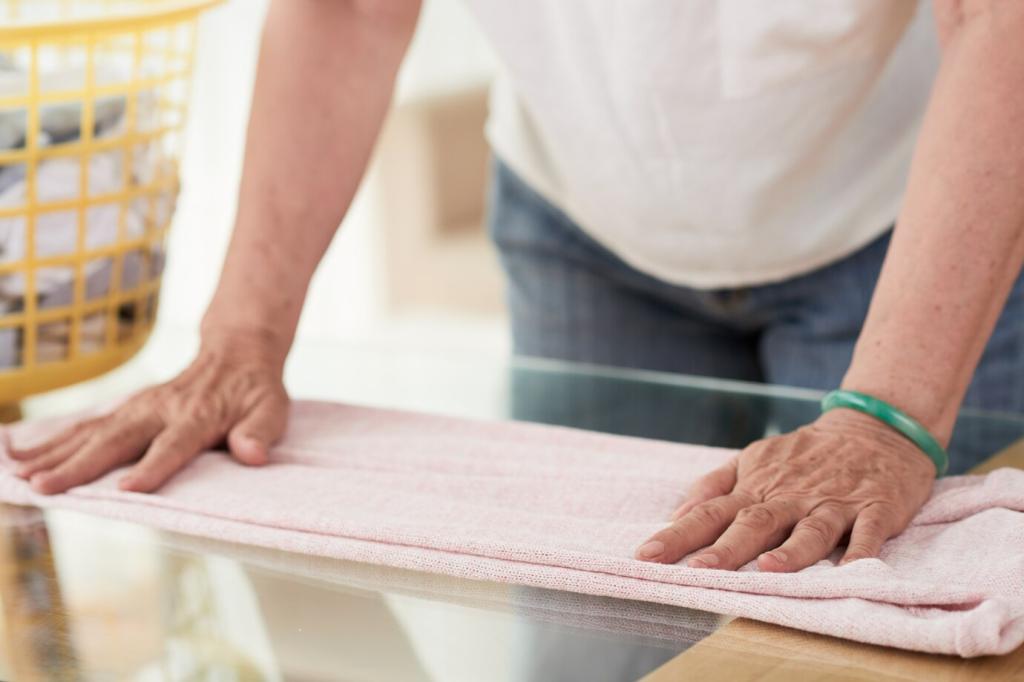
Buttons, Ties, and Closures
For duvet covers, turn inside out and press around closures from the wrong side. Cushion buttons with the pressing cloth or a folded towel so hardware never presses marks through the silk face.

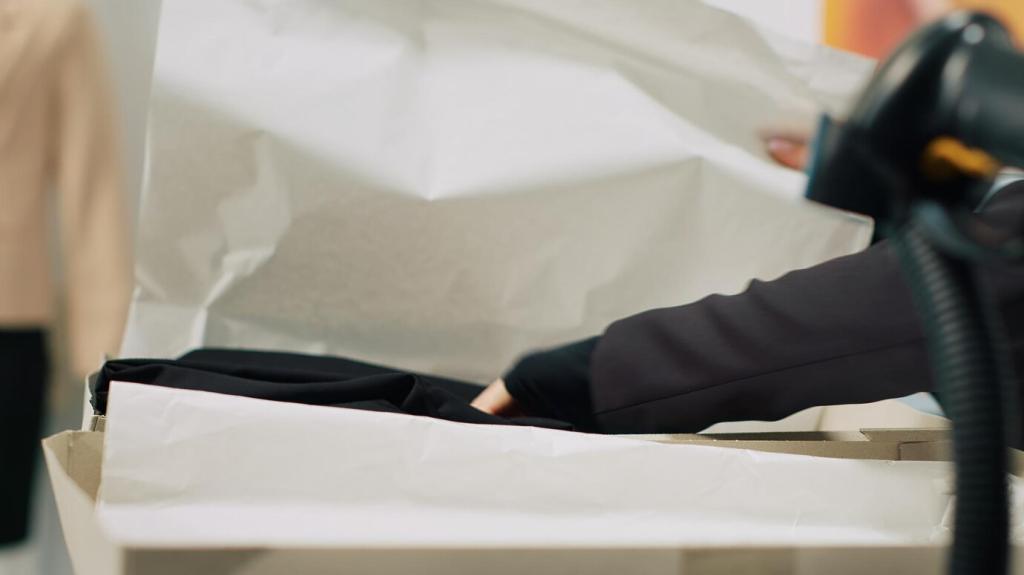
Troubleshooting: Spots, Shine, and Surprise Wrinkles
If a droplet leaves a faint ring, let the area dry completely, then reintroduce gentle steam from a distance with a pressing cloth. Distilled water prevents repeat marks and keeps finishes beautifully consistent.
Troubleshooting: Spots, Shine, and Surprise Wrinkles
Some deep wrinkles ‘remember’ a fold. Hang the piece in a steamy bathroom, then press with a cloth on low heat. Repeat short sessions instead of one hot blast to avoid stressing the fibers.
Give sheets and pillowcases a vigorous shake before hanging. Smooth seams with your hands while damp. These tiny acts let gravity work for you and cut future pressing time considerably.

Steaming vs. Ironing: Choosing the Right Tactic
For lightly rumpled sheets or duvet covers, a handheld steamer can relax wrinkles without contact. Hold it a few inches away, move slowly, and let the silk cool before folding or making the bed.
